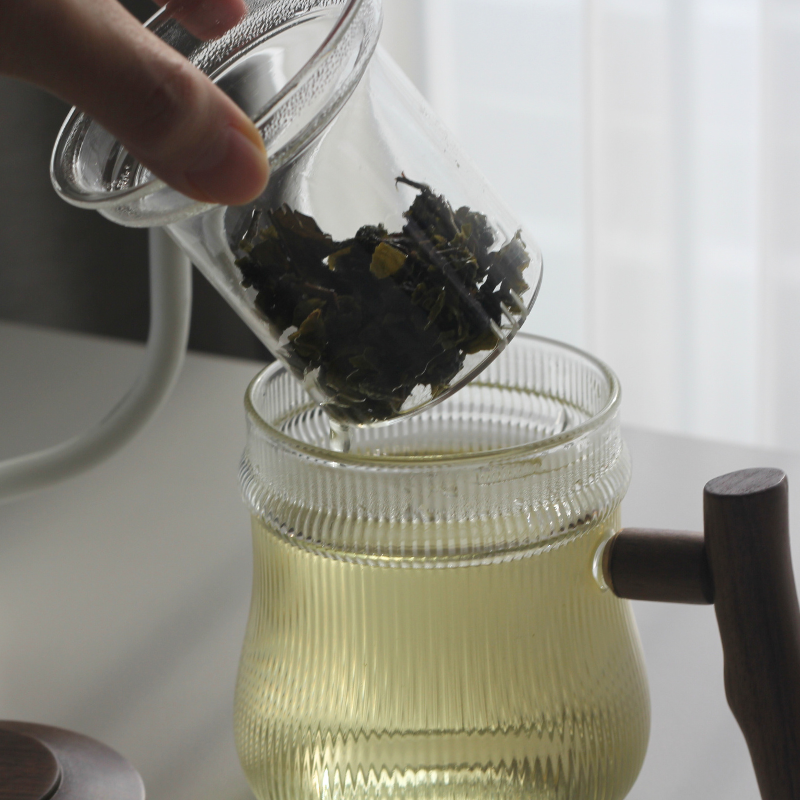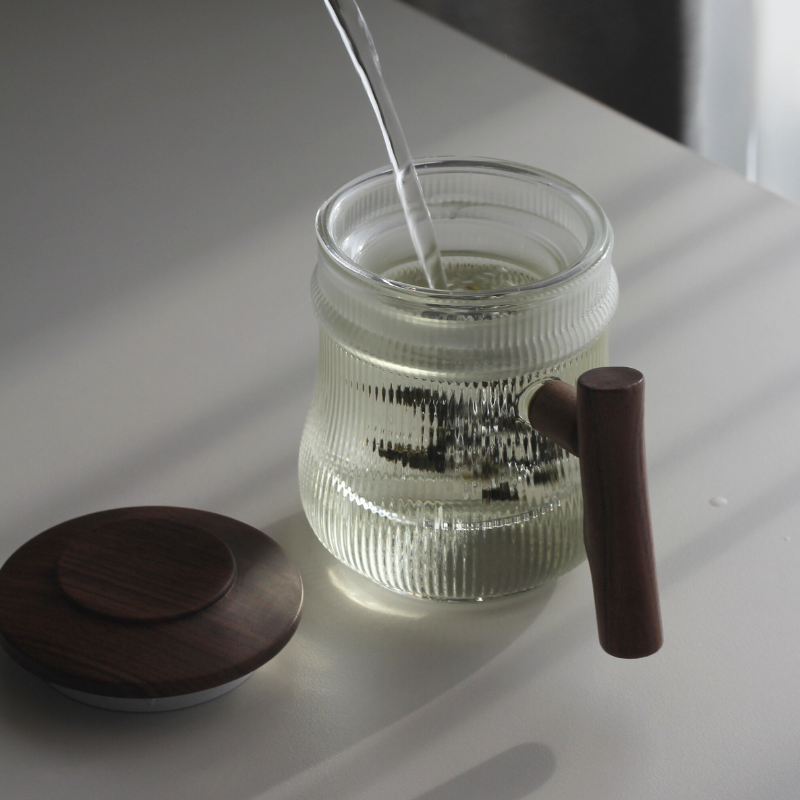TEA JOURNEY [13] | Tea Tasting Terminology

There's so much jargon in the world of gourmet foods and fancy tasting. Tea is no exception. Just like wine and coffee, sommeliers and experts are trained to taste and decipher certain flavors and familiar nuances of flavors to appreciate the complex flavors of the food in question.
It may seem snobby at glance, but if you familiarize yourself with the terms and the joy of identifying flavors, tea tasting can be fun.
Understanding the vocabulary for tea tasting is the first step.
With thousands upon thousands of selections and brands in tea (which is dizzying just thinking about it), it's a daunting task to find your favorite brand let alone just a favorite type of tea. There isn't a single brand that's going to produce all of your tea. Thanks to Mother Nature, even if you're getting your tea from the same plantation, chances are, the flavor nuance will be slightly different.
That is why we love tea tasting -- and wine tasting, and coffee tasting, and much more!
Here's the basic A to Z of the tea tasting world!
Aroma/Note: Refers to the scents perceived through retro-nasal olfaction or general smells.
High Mountain Oolong Tea from Taiwan generally has a floral aroma.
Aromatic Profile: The overall dynamic and non-static harmony of tea aromas. An aromatic profile takes into consideration the characteristics of the tea (top, middle, and base notes), the speed at which the scent dissipates, and the texture and aromas that affects the overall balance of the flavor.
A simple cup of premium tea should be able to create an ambience of flavors and scents that spreads into the entire room.
Astringency: A slightly astringent sensation perceived in the mouth, sometimes causing dryness.
The astringent, bitter notes of this green tea actually adds a savory umami to my palate, preparing me to enjoy dinner!
Attack: The first aroma perceived through retro-nasal olfaction or directly through the nose.
Body: The texture and density perceived in the mouth, primarily referring to the sensation of tannins filling the mouth.
Green tea and low-oxidized oolong teas seem to have a fuller body of flavors.
Bouche: All the sensations perceived in the mouth.
Bouquet: The collection of all smells or aromas perceived through the nose.
Balanced: Smooth continuation of aroma in a well-balanced tea, where flavors and texture harmonize.
A well balanced Assam black tea boasts bright amber hues, deep malty aromas, and spicy, earthy flavors.
Creamy: A rounded sensation in the mouth with a slightly oily texture.
Complex: A rich aroma bouquet with numerous scents delicately blended.
Dominant: The most prominent aroma type that is most often present when brewing tea or in a well-extracted tea.
Finish: The last aroma or scent perceived through retro-nasal olfaction or directly through the nose.
Full: Aroma that fills the mouth abundantly.
Full In The Mouth: A rich sensation that fills the mouth.
What we love about Taiwan's High Mountain oolongs is that it always has the rich, sweet aftertaste that's full in the mouth.
Frank: Well-expressed texture, flavor, and aroma without ambiguity.
Harmony: The balance and continuous expression of flavors, texture, and aroma in tea.
Intensity: Aroma that is strong and consistently expressed.
Infusion: The process of brewing tea.
Mild: A taste that lacks bitterness and has a light sweetness, sometimes associated with a vanilla aroma.
Monolithic: Refers to a narrow aroma that is singularly perceived.
Persistence: The lingering of aromas in the mouth.
Powdery: A delicate astringency that leaves a powdery sensation in the mouth.
Robust: A taste that is very rich and strong, giving a wrapping sensation in the mouth.
Roundness: The sensation of filling the mouth.
Rough: A sour taste that is extracted excessively or due to poor quality.
Short In The Mouth: The aroma of the tea is barely present in the mouth and throat after tasting.
Smooth: A texture that is smooth, without roughness, and very light due to the absence of tannins.
Structured: Balanced astringency that fills the mouth.
Silky: A slightly oily and smooth texture that evokes silk.
Supple: Softness that overcomes astringency.
Tannic: A balance achieved through rich tannins, also referred to as "polyphenols."
Velvety: Slightly concentrated sensation that evokes the texture of velvet.
Vivacious: A tea that is pleasantly fresh and light, with a slight but not excessive astringency.






![TEA JOURNEY [13] | Tea Tasting Terminology](http://tingeofsoul.com/cdn/shop/articles/IMG_3072.jpg?v=1686898175&width=1080)
Leave a comment